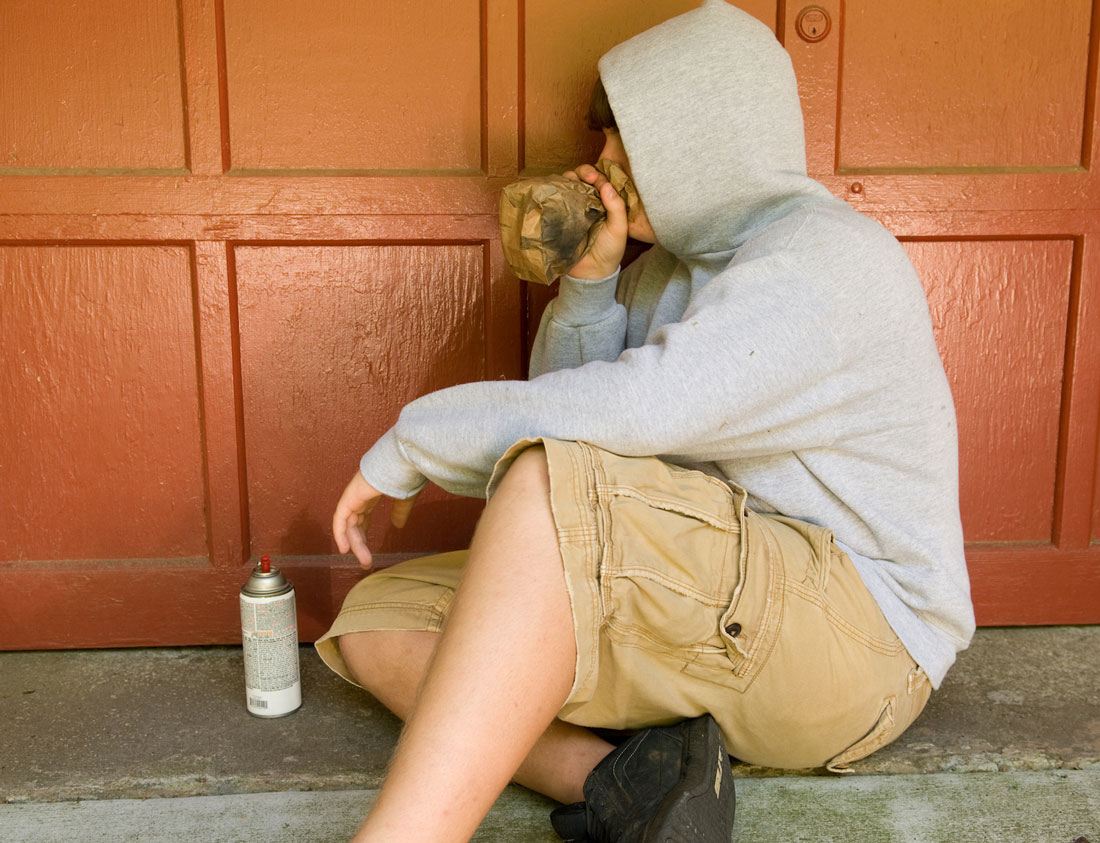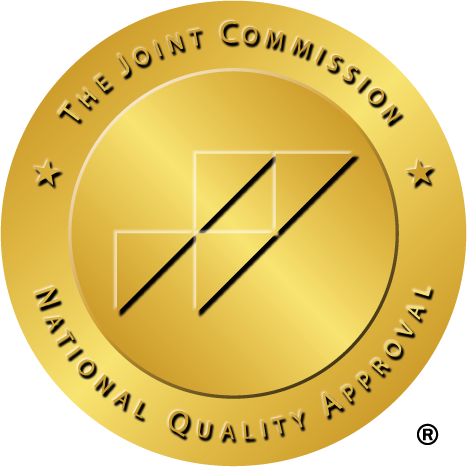Table of Contents
If you’ve heard the term huffing it’s no surprise you’re looking for more information. If alarm bells went off in your head the first time you ever heard the term, you were wrong.
Huffing is in fact a form of drug use, and it’s also the only form of drug use that’s more common in young teens than in older teens.
So, what do you need to know about huffing? Well, we’ll start with the basics, and then we’ll talk more about the side effects of huffing, how huffing can lead to an addiction, and how to get help if you or a loved one are dealing with an addiction to huffing.
There’s a lot to cover, so let’s get started.
What Is Huffing?
Huffing is the street name given to using inhalants to get high.
No, we’re not talking about the inhaler you might have for asthma or allergies.
Inhalants are the term used for certain kinds of aerosols when they are used as a drug. A lot of inhalants aren’t typically thought of as drugs because that’s not the primary reason they’re bought. Generally, inhalants are used for other practical purposes, which unfortunately can make them extremely easy for even very young teenagers to get ahold of them.
What kinds of products can be used as inhalants?
Basically anything that is an aerosol or uses an aerosol propellant.
Think, canned whip cream, vegetable oil cooking sprays, computer cleaning can of air, and other products.
Other kinds of inhalants include:
- Solvents (liquids that become gases at room temperature)
- Any aerosol products
- Gases (like chloroform or nitrous oxide, butane lighters)
- Nitrates (no longer used medically, but still sold as ‘leather cleaner’ ‘liquid aroma’, or ‘video head cleaner)
Typically when someone starts huffing they don’t really care which inhalant they’re using, and they may use a combination of different inhalants depending on what’s available, what’s cheap, and what’s popular or known to produce a high in the area.
For instance, it might be a fad among teens to use cans of whipped cream, called whippets when used for huffing, simply because they are affordable, easy to get, and easy to explain. Ease of use can contribute to a product being known for being a possible inhalant, which can make that particular inhalant a drug of choice in an area.
However, faddish behavior also works on other kinds of inhalants, and not all of them are easy to explain.
Some of this might be peer pressure or a knowledge gap that leads teens specially to using certain products. But, many inhalant users are indiscriminate and use whatever is available and or easy to hide.
Huffing generally produces a very short-lived high, lasting only minutes at a time in many cases. However, the high may be intense and highly rewarding. When possible, people using inhalants may continue huffing for hours on end, huffing again each time the high starts to fade. That behavior, and the low barrier to entry thanks to inhalants’ status as common and affordable household items made addiction a real risk with huffing.
Unfortunately, huffing shares a few similarities with other kinds of drug use and addiction, and one of those things is that there can be serious side effects and consequences from huffing, and huffing can become dangerous.
What Are The Side Effects Of Huffing?
Inhalant users report symptoms similar to alcohol use, with side effects of huffing including feelings of euphoria, lowered inhibitions, and dizziness.
Huffing may also make users drowsy or fatigued. That can be a useful side effect when it comes to figuring out that someone is huffing. Unfortunately, since teens often seem fatigued or tired at odd times of day, this symptom alone isn’t enough to tell if someone is huffing.
Other side effects of huffing include:
- Belligerence
- Irritability
- Agitation
- Depression
- Loss of coordination
- Falling grades/lower work performance
- Sudden or inexplicable weakness
- Illness
- Seeming out of it
- Inattentiveness
- Apathy
- Weight Loss
Side effects are likely to get worse the longer someone uses inhalants, the more they use each time they use, and depending on which inhalants are used.
For instance, nitrates may sometimes cause more severe side effects, including immediately concerning symptoms during use, compared with other inhalants.
The amount of inhalant being inhaled each inhale can also make a big difference. People who get a more concentrated dose are also getting less oxygen and other gasses that could dilute the effect of the inhalant, which can lead to a more potent high while also causing more side effects and risking more damage to the respiratory system.
Prolonged huffing in a single session can lead to hypoxia and other serious medical conditions. Certain huffing behaviors, like ‘bagging’, can also increase the risks of huffing. In some cases, these behaviors may be fatal.
Unfortunately, some of the things you can huff with are probably already available in your home, and you might not think of all of them if you realize that you or a loved one are addicted to huffing.
For instance, both nail polish and paint thinner can be used for huffing, along with many normal cleaning and cooking products that might not seem dangerous at first glance.
‘Sniffing’ deaths may also occur when someone is startled while inhaling, leading to them inhaling more than they intended to, or even breathing the liquid form of whatever they’re huffing directly.
‘Bagging’ where the user places a bag or other container over their heads to contain more of the fumes and create a more intense or longer-lasting high, can also lead to toxic concentrations of the inhalant, or cause hypoxia, both of which can lead to death, especially with prolonged use.
Huffing, especially chronic or long-term huffing, has also been associated with a range of body and brain damage, including damage to the myelin and neuronal membranes in the brain, along with widespread cognitive impairment.
Unfortunately, much of the damage done by huffing may be slow healing or permanent.
While the damage and the extent of damage from huffing increases the more someone huffs and the more often they huff, huffing damage may start as soon as someone experiments with huffing, and different people will have different levels of damage even after the first dose.
More troubling, the kinds of cognitive impairment that is caused by huffing may also make huffing more likely by reducing inhibitions, creating a craving for inhalants, and reducing cognitive function and decision-making ability.
It’s troubling that young teens seem to be most vulnerable to this form of addiction because it exacerbates the risk-taking and decision-making weaknesses already present in young teens because of the stage of brain development they are in.
Signs You May Be Dealing With An Addiction To Huffing Or Other Inhalants
There are a lot of possible signs of addiction, including just continuing to huff after learning about all the risks and the kinds of long-term damage that huffing can cause.
Unfortunately, because of the age of the people most likely to huff, and because of the nature of the damage caused by huffing, it can be difficult for people who huff to recognize that they are addicted to huffing.
Often, huffing is an addiction that needs to be noticed and intervened in by the people around the person using inhalants. Not always, but often.
So, the kinds of signs and symptoms of addiction we’re going to be looking at are both internal and external symptoms because it’s important to have some idea of both sides of inhalant addiction to be able to spot addiction when it happening.
Here are some of the most common signs of huffing addiction:
- Unusual fatigue, especially in the first few days after huffing
- Thinking about huffing all the time
- Getting distracted by wanting to huff or planning how to get more inhalants
- Going through possible inhalants faster than usual or having bottles and other containers of inhalants going missing more often.
- Empty cans of cooking sprays, whipping cream, and other inhalants going missing from the trash
- Finding empty cans of possible inhalants in the trash without having previously used them
- Confusion or seeming disconnected or unconcerned with reality
- Feeling like you need to hide your behavior and huffing from others
- Huffing again when you didn’t intend to
- Wanting to huff more and more often, or for longer than you used to
- Needing to huff more for the same effects
- Considering using techniques to increase the intensity of huffing
- Huffing alone when you previously only huffed with others
- Increasing irresponsibility, especially a decline in grades or work performance
- Memory loss or forgetting previously retained knowledge
- Sudden clumsiness
These are only some of the signs and symptoms of a huffing addiction. There are many other signs and symptoms, so, if you’re worried but your loved one’s symptoms don’t exactly match the ones we’ve outlined here, that doesn’t mean that they aren’t dealing with an addiction.
Struggling With An Addiction To Huffing?: Here’s How You Can Get The Help You Deserve
Addiction to huffing is a serious issue and one that can have lasting consequences for the person huffing even after just a few times using inhalants.
Getting help for inhalant addiction can be complicated, in part because of the age of the people most likely to have a huffing addiction.
However, if you’re looking for help for someone dealing with huffing addiction, talking to your doctor can be a good first step.
That said, because this is an addiction that can be hard to manage, and because there are often underlying problems that motivated the addiction in the first place, you may want to consider a residential treatment center that can help keep you safe, develop new and better-coping skills, and address any medical problems as they arise.
Looking for a residential treatment center that can help? Contact New Waters to learn more about our programs, who we work for, and what the intake process looks like.
Huffing is a serious problem, and dangerous, but you don’t need to overcome huffing on your own.
Sources
- Inhalants drug facts. National Institutes of Health. https://nida.nih.gov/publications/drugfacts/inhalants. Published March 22, 2022. Accessed September 13, 2022.
- Substance use – inhalants: MedlinePlus Medical Encyclopedia. (n.d.). https://medlineplus.gov/ency/patientinstructions/000794.htm
- Melissa Conrad Stöppler MD. Huffing (inhalant abuse) symptoms, signs, abuse information. MedicineNet. https://www.MedicineNet.com/is_your_child_or_teen_huffing/views.htm. Published June 13, 2018. Accessed September 13, 2022.
- Baydala L. Inhalant abuse. Pediatrics & child health. https://www.ncbi.nlm.nih.gov/pmc/articles/PMC2948777/#:~:text=Inhalants%20disrupt%20myocardial%20electrical%20propagation,in%20vivid%20hallucinations%20(19). Published September 2010. Accessed September 13, 2022.
- Neuropsychologic impairment and MRI abnormalities associated with chronic solvent abuse. Taylor & Francis. https://www.tandfonline.com/doi/abs/10.1081/CLT-120002883. Accessed September 13, 2022.
New Waters Recovery Editorial GUIDELINES
At New Waters Recovery, we take your health and wellness seriously. We have a thorough process in place to ensure the integrity of information that is displayed on our website. All content published to our site undergoes a rigorous medical review by a doctorate level clinician to ensure medical accuracy. Read More About Our Process






